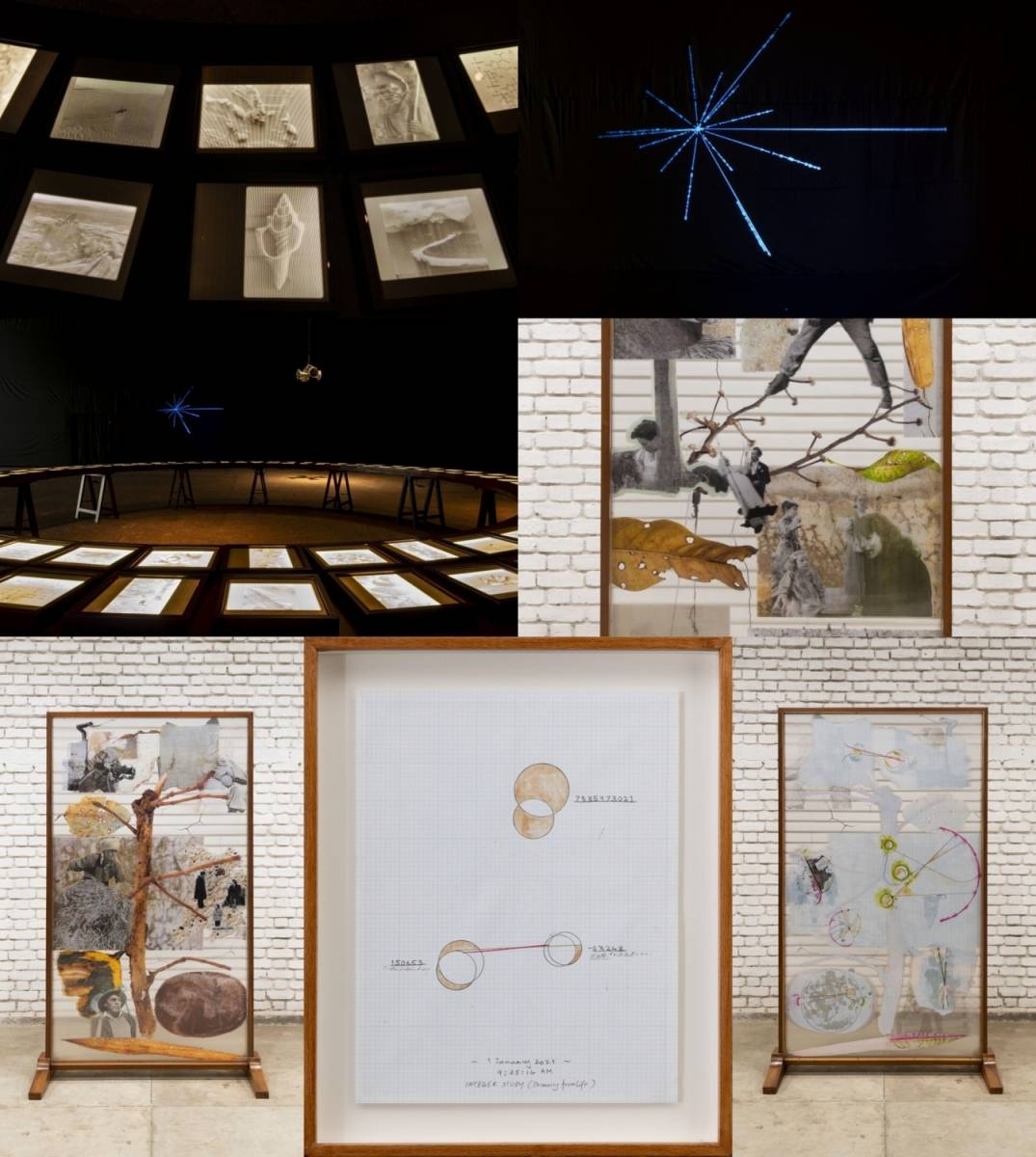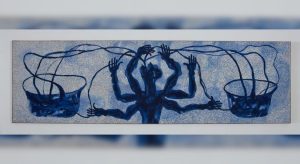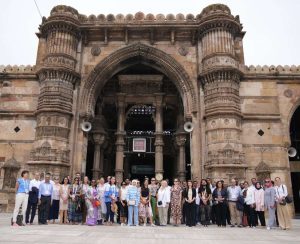Since the beginning of 2021, Kallat followed a ritual of making one daily drawing as part of a durational study in graphite, aquarelle pencil and gesso stains…writes Sukant Deepak
Artist Jitish Kallat’s ‘Order of Magnitude’, his first major solo exhibition in West Asia and the Levant will be presented by Ishara Art Foundation, Dubai, from February 16 to July 1. It will be accompanied by physical and virtual tours, educational and public programmes, a newly commissioned text by Amal Khalaf and artist conversations over the duration of the exhibition.
Presenting new works that include paintings, multimedia installations, drawings and site-specific interventions, the exhibition reflects Jitish Kallat’s profound deliberations on the interrelationship between the cosmic and the terrestrial.
The artist’s oeuvre sits between fluid speculation, precise measurement and conceptual conjectures producing dynamic forms of image-making. Using abstract, schematic, notational and representational languages, he engages with different modes of address, seamlessly interlacing the immediate and the cosmic, the telescopic and the microscopic, the past and present. In ‘Order of Magnitude’, one finds a contemplation of overarching interconnectivity on the individual, universal, planetary and extra-terrestrial dimensions.

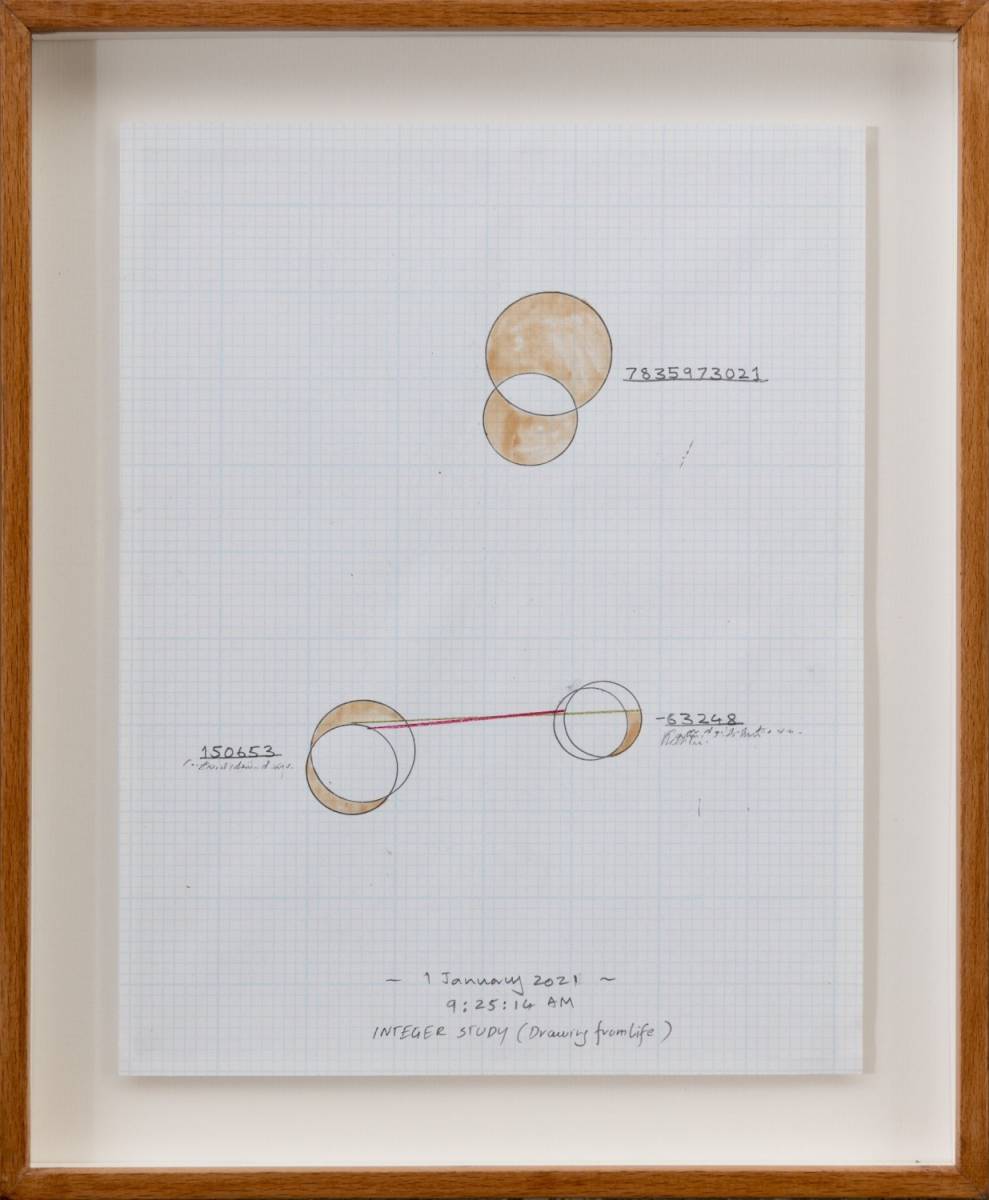
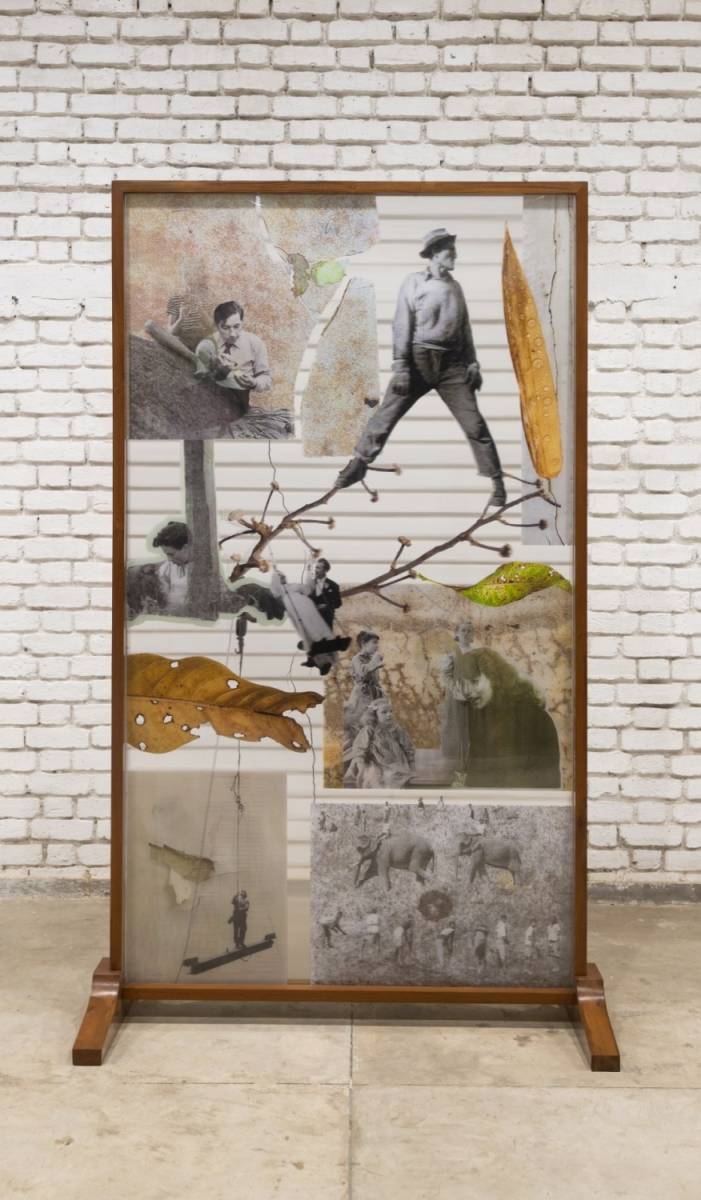
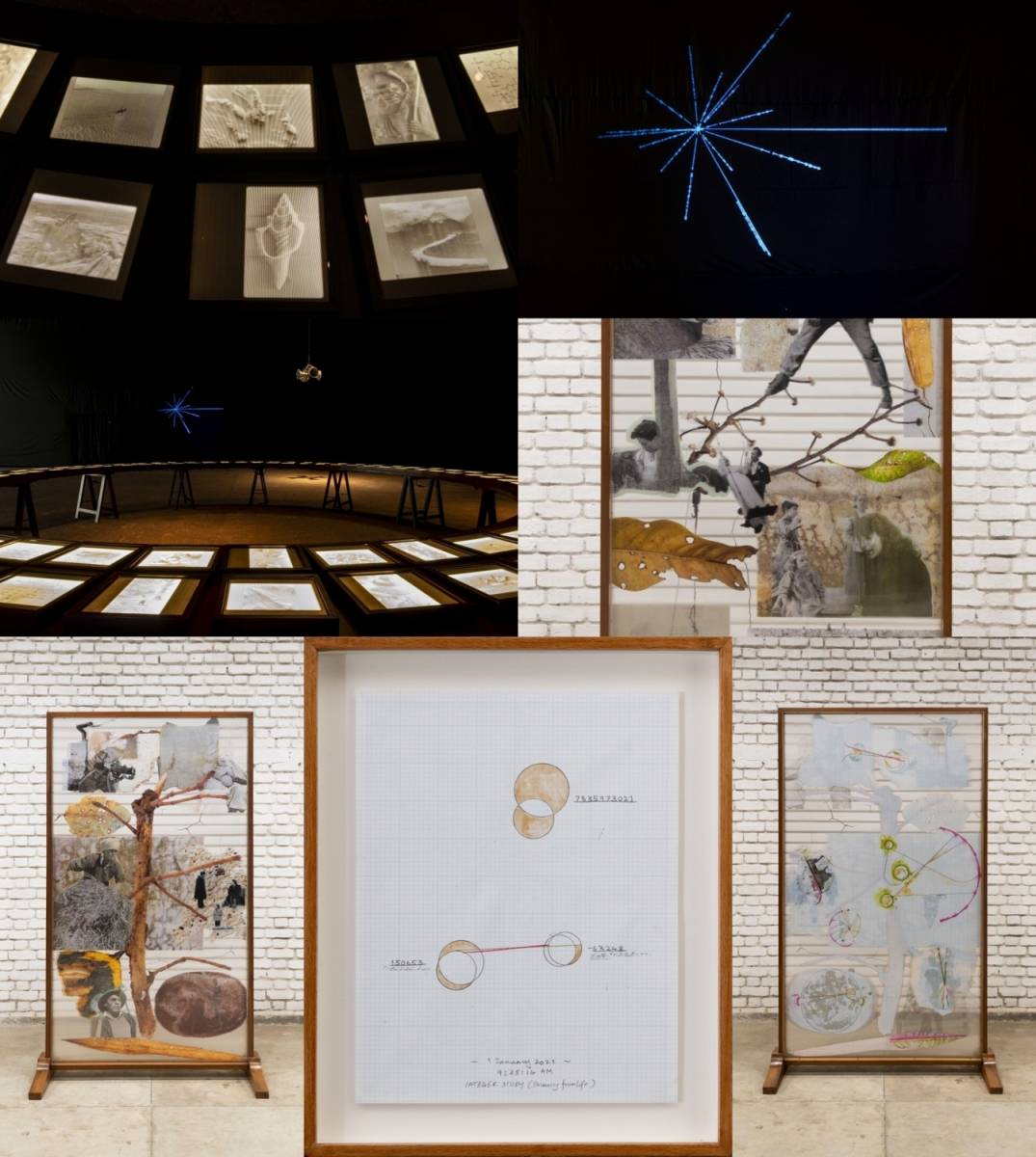
The viewer is first confronted with Integer Studies (Drawings from Life), which run through the space resembling both the horizon and the equator. Since the beginning of 2021, Kallat followed a ritual of making one daily drawing as part of a durational study in graphite, aquarelle pencil and gesso stains. Each work comprises diverse forms anchored by the same three sets of numbers: the algorithmically estimated world population, the number of new births, and the death count noted at the particular moment of the work’s creation. Human life and death are abstracted in drawings that are both graphic and painterly, prompting questions of extinction and evolution.
Seen alongside these studies is a wall-sized painting titled ‘Postulates from a Restless Radius’, whose perimeter takes the form of the conic Albers projection of the Earth. The work begins as an unstable, cross-sectional grid (in aquarelle pencil) that opens up the globe on a flat plane. There is no cartographic intent here; in place of planetary geography it assembles signs and speculations, at once evoking botanical, suboceanic, celestial, and geological formations. ‘Postulates from a Restless Radius’ is an exploratory abstraction of forms that suggest signatures of growth and entropy.
Placed centrally are four double-sided and multi-scopic photo works titled ‘Epicycles’. This series began during the early days of the pandemic in 2020 with a hand-drawn journal capturing minute changes in Kallat’s studio — such as cracks surfacing on walls. The artist embeds these chance encounters with iconic pictures from the ‘Family of Man’ exhibition organised by photographer Edward Steichen at the MoMA, New York, in 1955. The resulting prints combine the artist’s everyday observations with archival images of human solidarity taken by photographers from around the world. Meticulously composed on a lenticular surface, the depicted figures appear and disappear as one moves around the work, yielding a complex portrait of time in its transience and ephemerality.
Finally, a site-specific intervention by the artist titled N-E-S-W serves as an allusive clue to reading this exhibition. Embedded within the foundation’s architecture, a functional magnetic compass is inset within the flooring. N-E-S-W summons the cardinal directions of the Earth, aligned to invisible force fields, rendering both the exhibition and Ishara into planetary surveying devices.
ALSO READ-‘Presence of good curators missing in the ecosystem’
